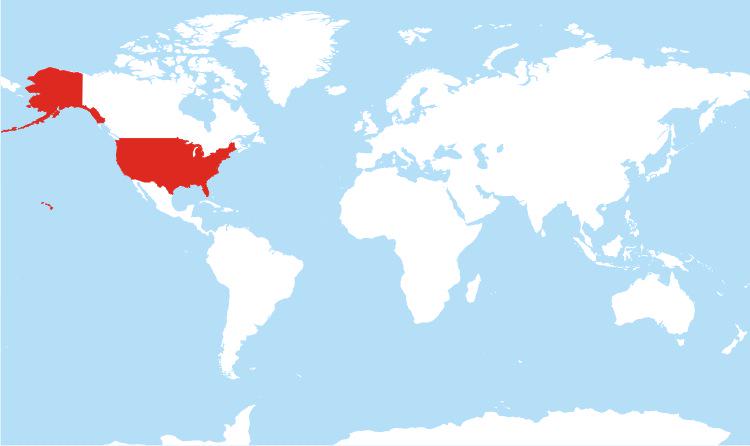Map found here
Ever glance at a date written as 10/02/2025 and wonder if that’s October 2nd or February 10th?
If you’re in most of the world, you’d assume the latter. But if you’re reading this from the United States, you naturally think October.
Welcome to one of the quirks that makes international communication just a bit more confusing than it needs to be.
The Lonely Club of Month-Day-Year
Looking at the map, you’ll notice something striking: the countries highlighted in red represent essentially all the nations that use the MMDDYYYY format. That’s the United States and its territories. That’s it.
While some sources occasionally mention that the Philippines, Palau, and a few other Pacific island nations with historical US connections sometimes use this format, the reality is far more nuanced. These countries often mix formats or primarily use day-month-year in official contexts, making the US the sole consistent champion of putting months before days.
How Did We Get Here?
The American date format isn’t random.
It evolved from the way dates were traditionally spoken in English: “October 2nd, 2025” flows naturally into 10/02/2025. British English, meanwhile, favors “the 2nd of October,” which translates neatly to 02/10/2025.
Both make linguistic sense, but only one became the global standard.
The rest of the world largely adopted the day-month-year format because it mirrors how we naturally scale from specific to general, or it went full logical with year-month-day (YYYYMMDD), which is the international ISO standard and sorts perfectly in databases.
Why It Matters
This might seem like a trivial difference until you’re booking international flights, signing contracts with overseas partners, or simply trying to figure out when that imported product actually expires.
The confusion has led to missed deadlines, scheduling errors, and countless clarifying emails that start with “Just to confirm, by 03/04/2025, you mean…”
Medical records, financial transactions, and legal documents all require absolute clarity. When a misread date could mean a missed surgery or a bungled stock trade, suddenly this formatting quirk becomes more than just a cultural curiosity.
The Resistance to Change
Why doesn’t America just switch? The same reason we cling to Fahrenheit and miles: changing an entire country’s ingrained habits is extraordinarily difficult.
Every form, every computer system, every person who has written dates the same way for decades would need to adjust. It’s the tyranny of the status quo, and it’s surprisingly powerful.
Plus, there’s an element of national identity wrapped up in these differences. Americans often take pride in doing things their own way, even when that way is objectively more confusing for international collaboration.
Making Peace with the Difference
The solution isn’t necessarily global uniformity, though that would be nice. It’s awareness. When you’re communicating internationally, spell out the month. Write October 2, 2025, or 2 October 2025, and eliminate the ambiguity entirely. Your international colleagues will thank you, and you might just prevent a costly misunderstanding.
The American date format is a fascinating reminder that even something as seemingly universal as calendar notation can vary wildly based on where you are. It’s not better or worse, just different, and being aware of that difference is half the battle.
Help us out by sharing this map:
